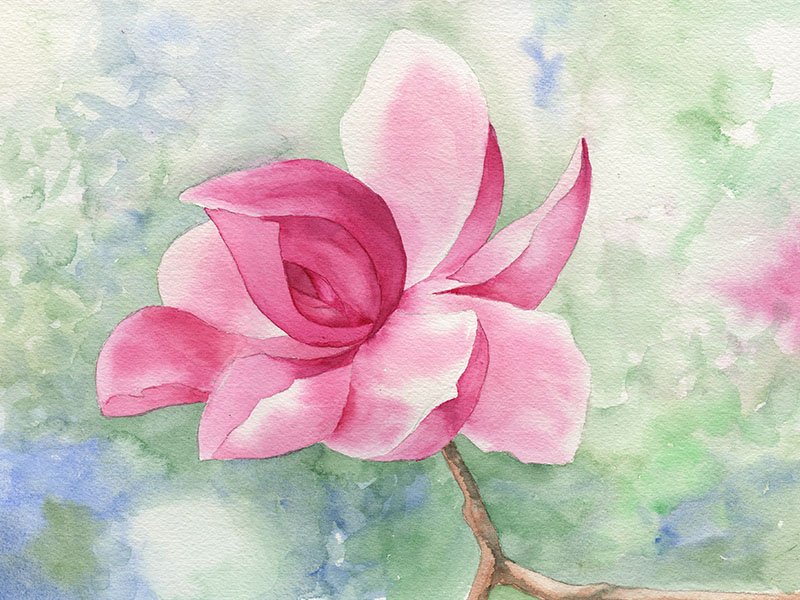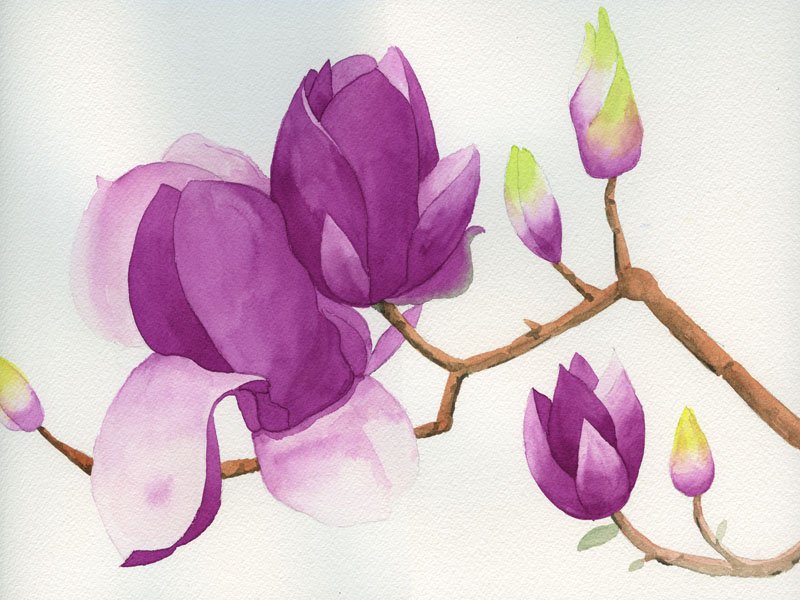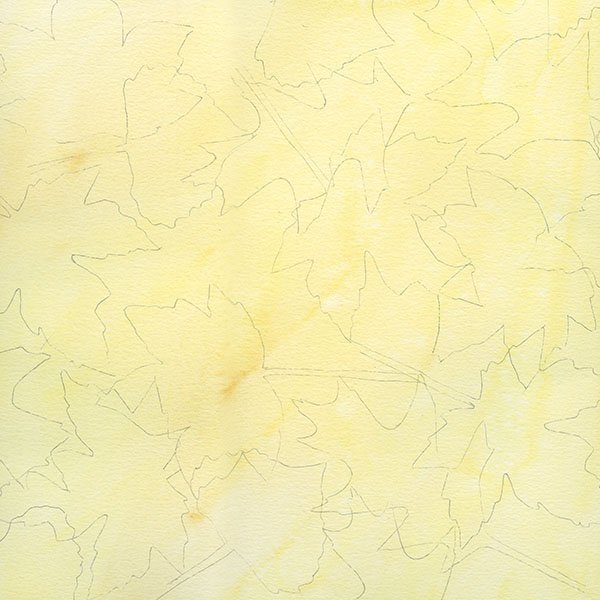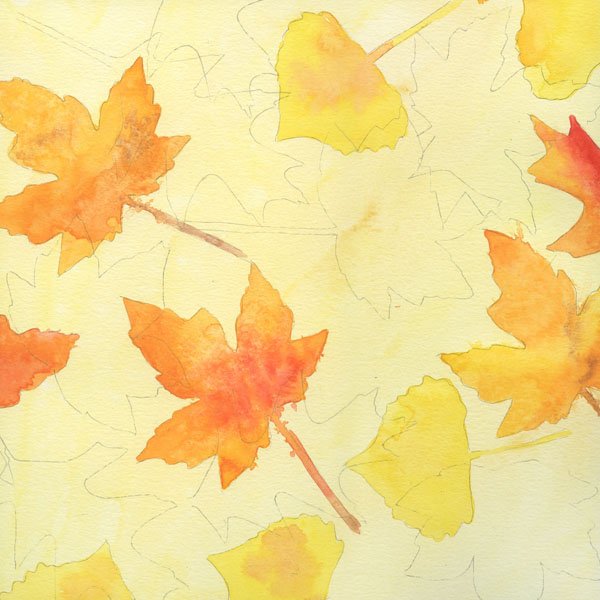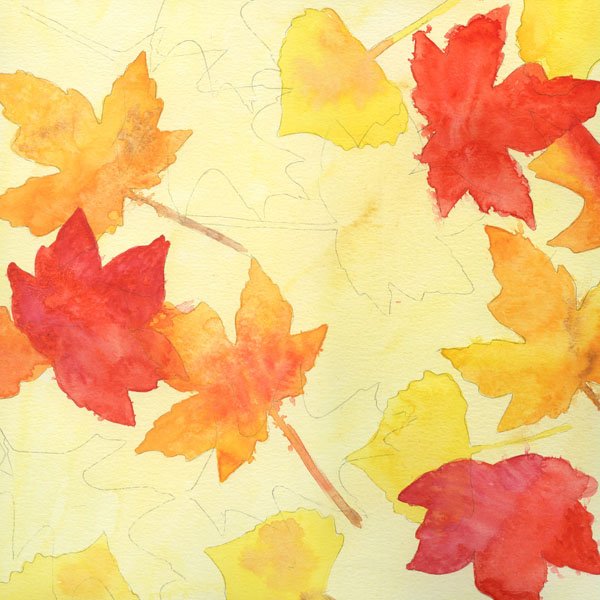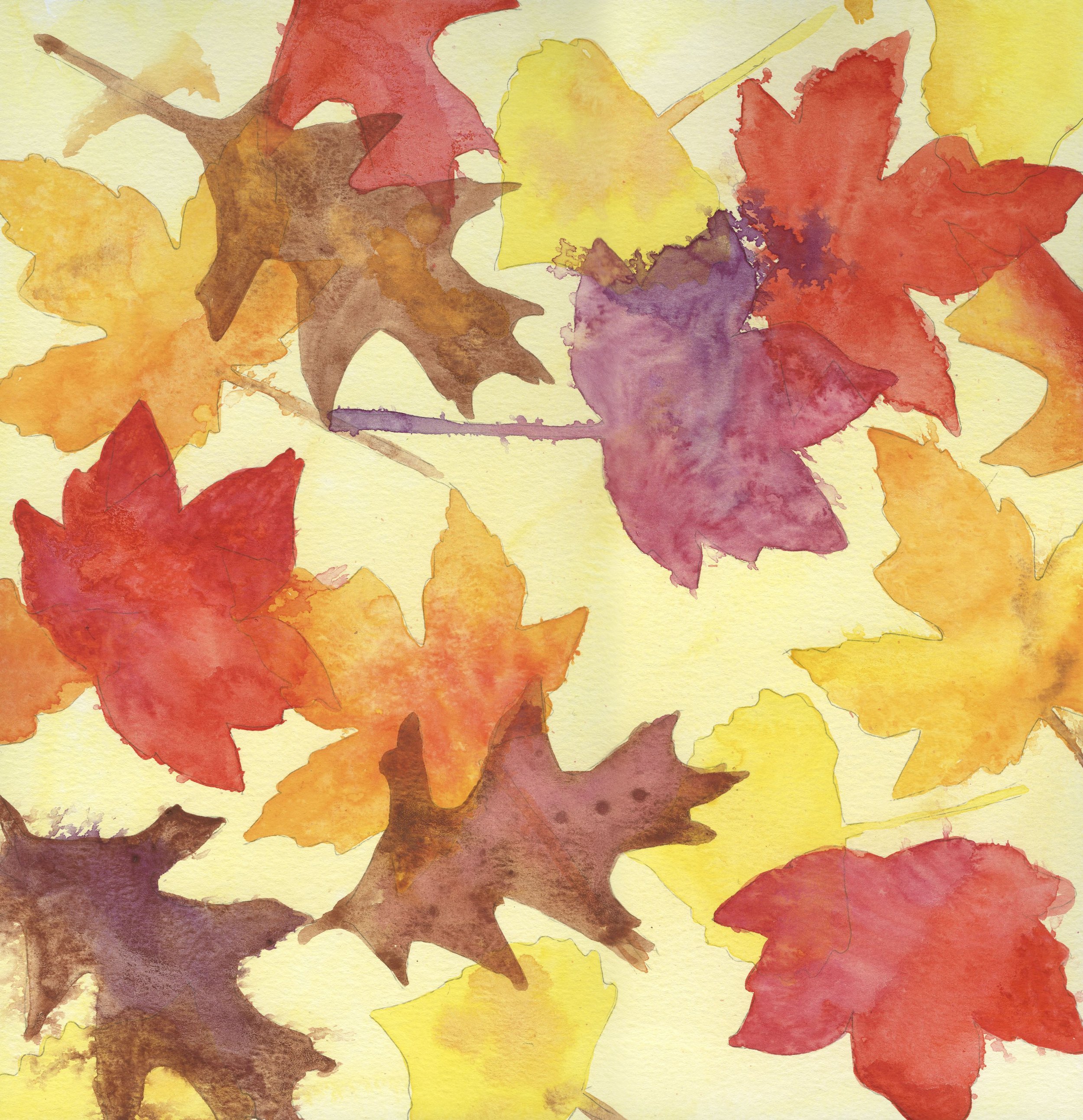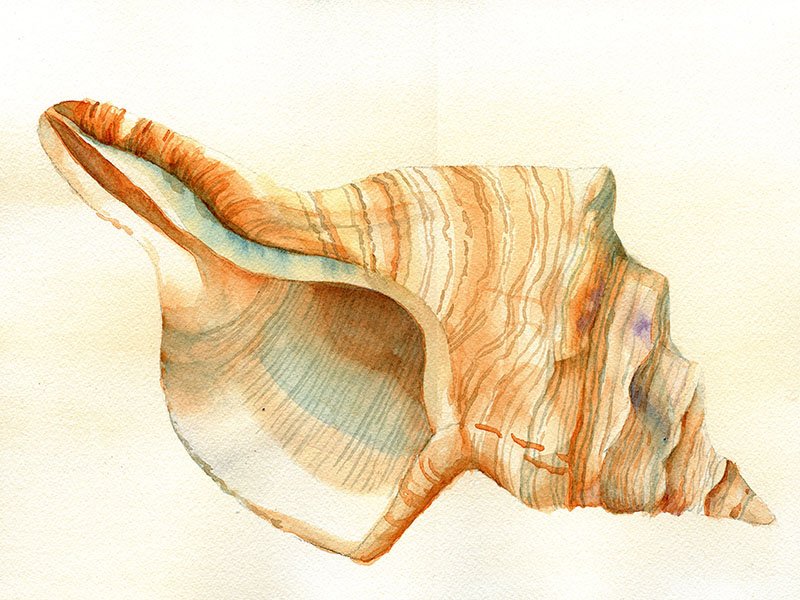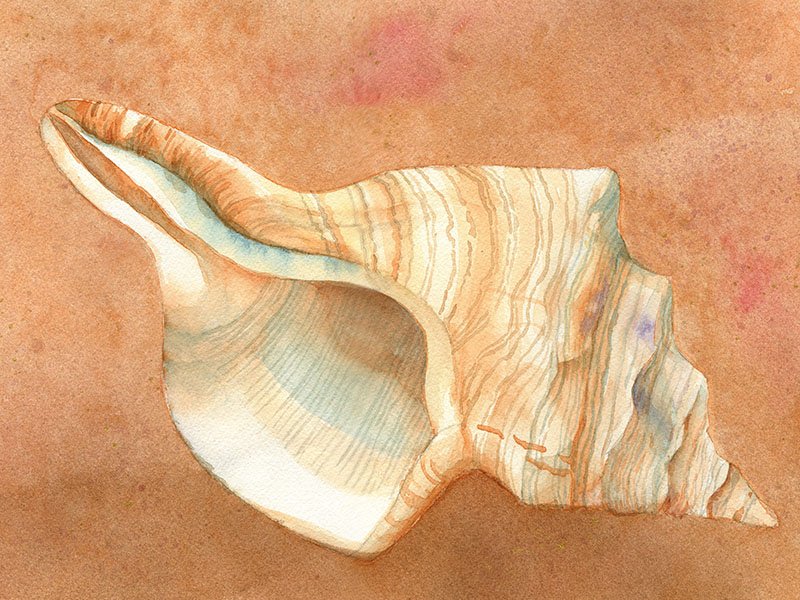Dealing with the Background in Your Artwork.
A Question
Jon asked me, "Background first, or not?"
How I Teach
I am not teaching art classes at the moment, but that doesn’t stop me from teaching art. I guess it just oozes out of me. I guess it is because I am a lifelong learner and I enjoy sharing my creative journey. I want to help Jon out. Although I am not teaching formally, I am intensely pursuing my artistic vision. More thought has gone into what I do and why I do it in the last few months then my entire lifetime.
When I started teaching six year ago, I realized right away that I create art intuitively. I found I needed to communicate what I did to my students verbally. Art classes I have attended often consist of a very capable art instructors teaching by demonstration only.* What I find most often in videos on YouTube is like that, except the instructor puts their art demonstrations to music. If I find an artist who actually verbalizes his technique, I follow them because they are a rare treasure. I am able to learn by demonstration only, but not everyone can. Art demonstration without verbalization leaves out so much valuable information. I want to know why someone does what they do.
I also learned when I first started teaching that I don’t paint well when I demonstrate in class, so I didn’t pursue that teaching style. I was determined to teach my students by thoughtfully breaking everything down for them. I took notice of how my students struggle in class and by the next week I came up with an exercise or project that allowed them to figure out their struggle and push through it.
My answer
Jon verbalized his struggle for me with a question, “What should I draw first, the object or the background?” Jon is working in colored pencils, but is interested in watercolors. His drawings tend towards a stylized realism. He has been influenced by tattoo artists and he wants to mix watercolors as a background with colored pencils. My objective is to push Jon beyond what he is comfortable with so I see his question as a very significant move forward. I am interested in getting him past copying other people’s art and towards using photos or objects as reference so he can create original art.
My answer is, “It depends.”
This question is probably one of the most important questions a student can ask, because most students don’t want to deal with the background in their art work. They render an object and then they are done. That isn’t wrong, but there is this whole other dimension of creating objects that exist in a place with things around them, or atmosphere, light, and shadow.
I say, it depends, because I go back and forth on the subject and at the moment I am painting my backgrounds of the flowers and plants last. I have been experimenting a lot too. Before I dive into the background of a piece I do a high quality scans of my paintings so if perhaps I ruin my work by adding the background, I am able to sell prints without one. I find however, once I deal with the background, I much prefer my paintings with one, although I see a lot of floral art and botanicals selling online without backgrounds.
I am able to paint my backgrounds last with confidence because my skill as a painter has developed enough to allow me to do it successfully. So if Jon is going to spend time creating a bird in colored pencils, which the subject he is working with at the present time, he will need to practice a lot with watercolor before he adds it to the background or risk ruining the art. I have some exercises for that. There is a lot at risk here, I know why Jon is asking. His goal is to sell his artwork online, his motive is to create quality original artwork.
I think the best way to answer Jon’s question is, "Try it both ways as you do more and more work".
Techniques for Backgrounds
Here are several ways to approach dealing with the background in art work and tips for success.
Paint it all over lightly with a color that is analogous to the colors of the work. Analogous colors are colors that are next to each other on the color wheel. You can paint a light yellow wash under a painting that uses green and or yellow and orange, which I did when I painted some autumn leaves.
Sometimes you need to add contrast to obtain a full range of light, medium, and dark areas in your work. Before beginning your background ask; what do I need more of? What will make the subject stand out? You don’t want the background be in competition with the subject. Or the object to get lost in the background.
Always eliminate what would distract from what you are drawing or painting. Simplify the background. This is particularly true when working from photos. I like to think of photos as "for reference only". That helps give you a mindset that you can do what you think is best, while you are creating a piece of art. It discourages you from copying the photo.
Stylize it.
This is a means of simplifying the background but more like a personal formula. I have several ways I like to do my backgrounds, they are almost like a signatures in my work.
Negative space.
When dealing with the background get creative with negative space.
Use invention.
This technique adds something to the background that is not there, but helps the overall composition.
I don’t think these are hard and fast rules, but a guideline: if you want a light background that is simple, do it first. Whatever is darker do last. A dark background begins as a light layer and then it becomes darker as layers are added.
Complex Backgrounds
More complex backgrounds are created as the subject is painted.
Iris Colored Pencil
When using colored pencils like Jon is, do the background last. But I have to admit, I want to know what happens when I put down a watercolor wash and draw on top of it.
Remember you can and should layer colored pencil so you can go darker and richer if need be. Colored pencil isn't easily undone and at some point the paper will not be able to take anymore color.
Art is a Series of Decisions
I decided to paint the succulent first. Then I wanted a light background so it wouldn't compete with the medium and dark greens. I didn't want the background to be detailed, but blurred. So I wet the watercolor paper an area at a time, dropping yellow, orange, and rose into the paper and letting them blend naturally. Since the paint was put into a water wash it dried fairly light. The colors I choose helped highlight the green plant. This effect could be reproduced in colored pencils by using only one layer of color and drawing lightly.
Maybe I have convinced you that backgrounds are worth the effort and you find this article helpful. If you have any insight into dealing with backgrounds in your art please share in the comments below.
*At the university level professors do not teach technique but expect you already know it. There you fulfill a series of assignments that have certain requirements you must meet.



